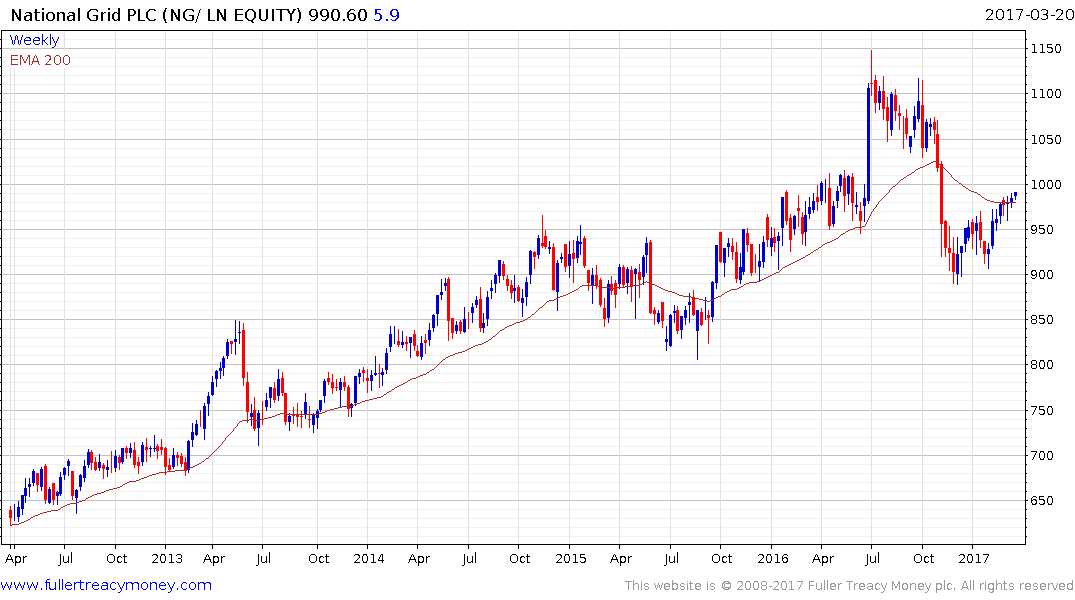Google Might Run the Power Grid More Efficiently
This article by Diego Marquina and Jahn Olsen for Bloomberg may be of interest to subscribers. Here is a section:
The best way to send the right economic signals that reflect constraints is through locational marginal pricing – having different power prices in different parts of the grid.
This is a politically unpopular mechanism, as it would see prices go up in zones of large demand – potentially industrial areas.
The alternative is grid investment. But the costs are huge, as is the case for the bottleneck between Scottish wind farms and English demand centers. The 2.2 gigawatt HVDC cable currently being built there has an estimated cost of 1 billion pounds. Yet National Grid estimates as much as 8GW of additional transmission capacity could be required by 2030, on that particular border alone.
Less human involvement might be part of the solution. Google’s DeepMind recently announced they are exploring opportunities to collaborate with National Grid. It has been successful elsewhere -- DeepMind demonstrated its immense potential by reducing cooling costs in an already human- optimized datacenter by 40 percent.
Setting it loose on the extremely complex and quite probably over-engineered National Grid, with its many overlapping services and mechanisms, its rules of thumb and its safety margins, could provide novel ways to ensure system reliability cheaply and efficiently. DeepMind’s CEO conservatively hinted that it might be able to save up to 10 percent of the U.K.’s energy usage without any new infrastructure. Step aside, humans.
Artificial Intelligence (AI) is rapidly finding its way into systems which had previously always been managed by humans. You might have heard of the Google Deep Mind team’s victory against the Go world champion. It represented a landmark not so much because it overcame a human; we’ve seen that in chess before. It was the manner in which the victory was achieved that is so important.
The AI set aside rules of thumb which had been used by human players for generations and developed a wholly new strategy often in contravention of what was previously deemed to be best practice. The team achieved the same thing last year when it was let loose on optimising Google’s data centre cooling system. That’s where the 40% efficiency gain figure comes from.
A country’s grid is a much more complex system than a data centre but the solution is one of scale and measuring responses rather than whether it is possible. Energy costs have been high for a long time already and renewables need to be integrated effectively if costs are to be contained therefore National Grid’s discussions with Google represent an interesting development.

Considering the incentive the UK will have to plotting its own course, it has the potential to become a hive of innovative fervour as it plots an independent route outside the EU. National Grid’s share pulled back sharply in November and it has since rallied back to test the region of the trend mean and the psychological 1000p level. A sustained move above that area would be required to signal a return to medium-term demand dominance.
This article from the MIT Technology review from 2001 highlights the fact that efficiency of the power grid is not a new story but it might now be reaching commercial utility..
Back to top


